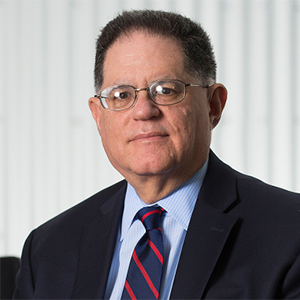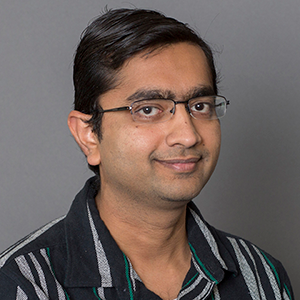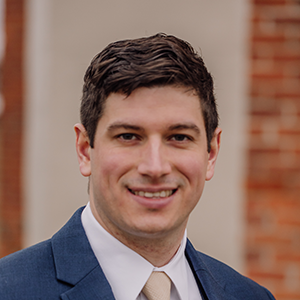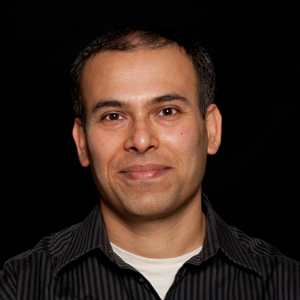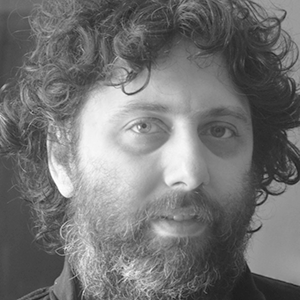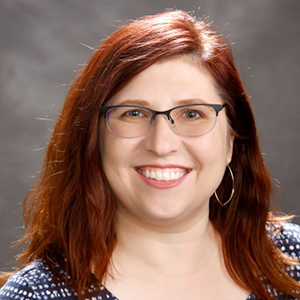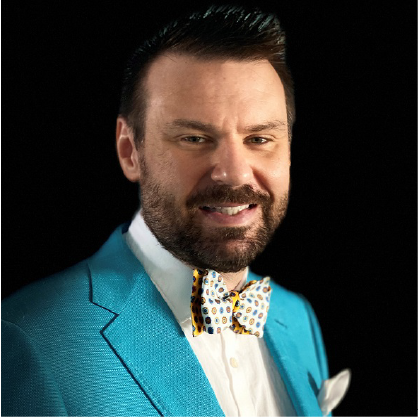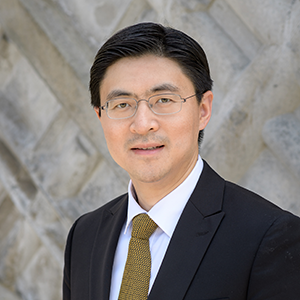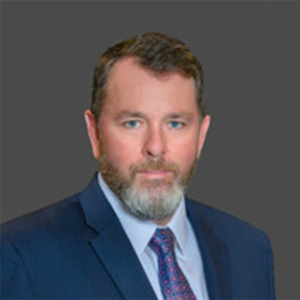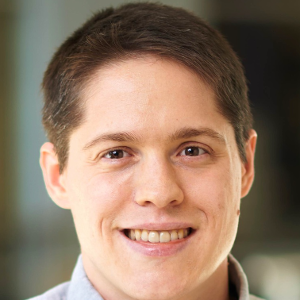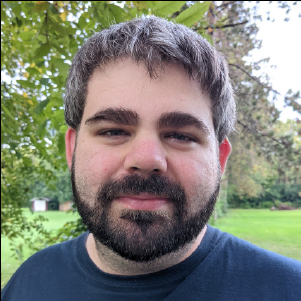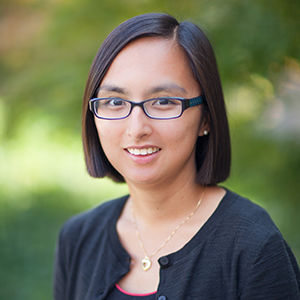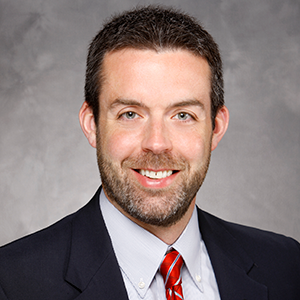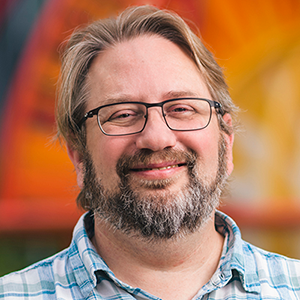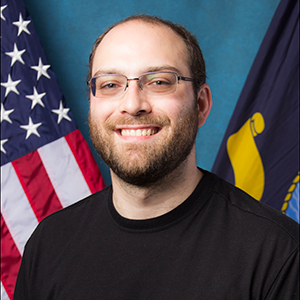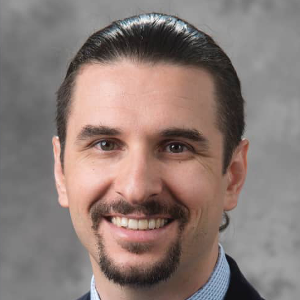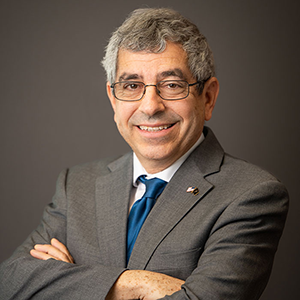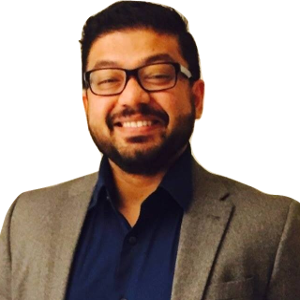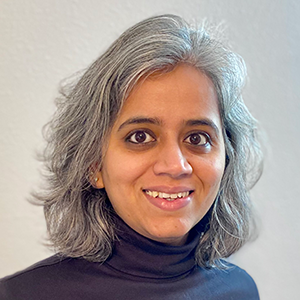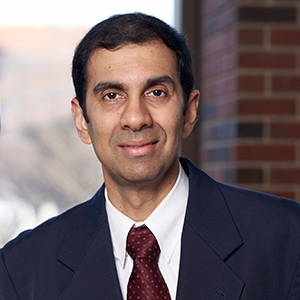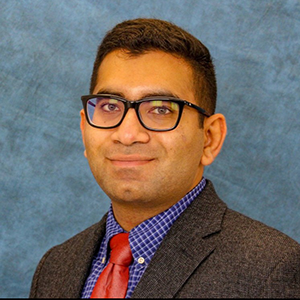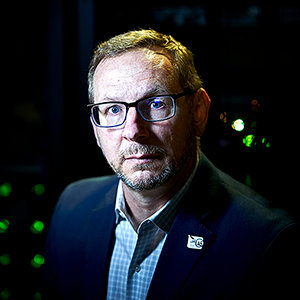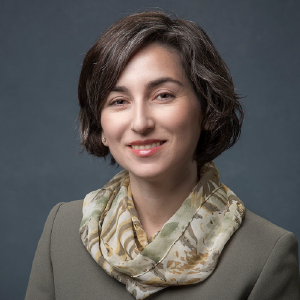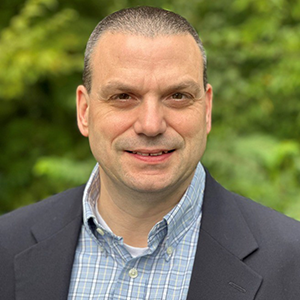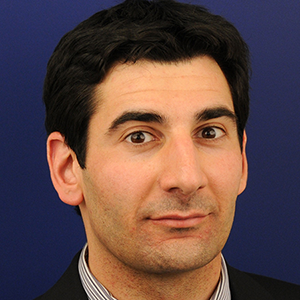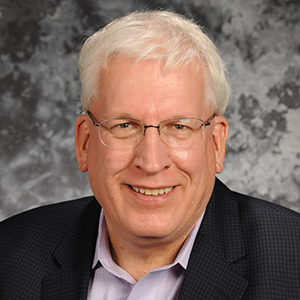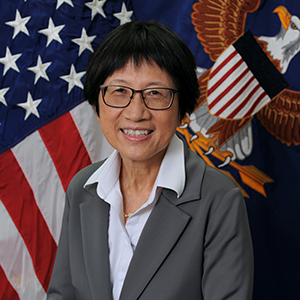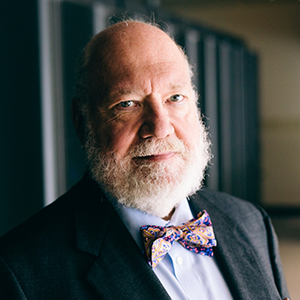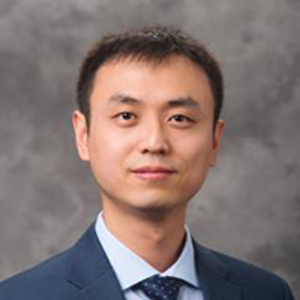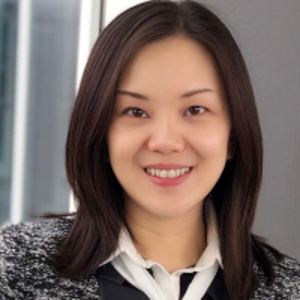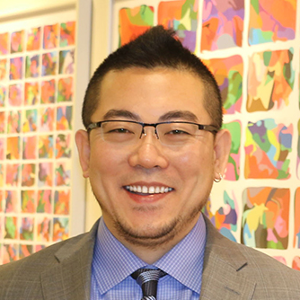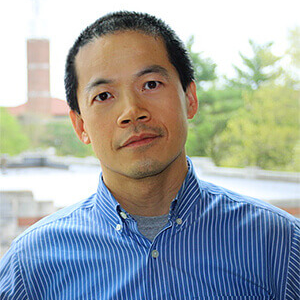Daniel Ragsdale
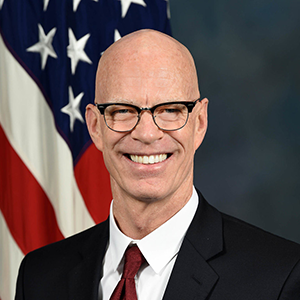
Daniel Ragsdale
Deputy Assistant National Cyber Director, White House Office of the National Cyber Director
Session(s):
Tuesday, Opening Keynote, 9:00am “Emerging and Future Cybersecurity Risks for National Security”
About
Dr. Daniel “Rags” Ragsdale is the former Principal Director for Cyber, in the Office of the Director of Defense Research and Engineering (Research & Technology). In that role, Dr. Ragsdale is responsible for coordinating cyber modernization efforts across the Department of Defense, with specific responsibility for the establishment of policies and for supervision over cyber modernization research and engineering, technology development, prototyping, experimentation, developmental testing, and transition activities. He is also responsible for making recommendations concerning the allocation of resources and alignment of efforts across the Department.
Before his recent return to service in the Department of Defense, Dr. Ragsdale was the founding director of the Texas A&M Cybersecurity Center and a Professor of Practice in the Department of Computer Science and Engineering. In the Director role, Dr. Ragsdale was responsible for leading, coordinating, and facilitating cybersecurity research and educational activities across the University. Dr. Ragsdale had previously served as a Program Manager in the Defense Advanced Research Projects Agency (DARPA). In that capacity, he successfully led and managed a $175M research and development portfolio of classified and unclassified cybersecurity and educational programs.
Prior to joining DARPA, Colonel (retired) Ragsdale served 30 years in the U.S. Army in a wide array of operational, educational, and research and development roles. He participated in Operations Urgent Fury (Grenada), Enduring Freedom (Afghanistan) and Iraqi Freedom (Iraq). Dr. Ragsdale, also served nearly 15 years at the United States Military Academy, West Point, in a variety of teaching and research roles. He culminated his Army service as the Vice Dean for Education, the Principal Deputy to West Point’s Chief Academic Officer.
Dr. Ragsdale is a 1981 graduate from the US Military Academy. He has earned a Master of Science degree, in Computer Science, from the Naval Postgraduate School and a Ph.D., in Computer Science, from Texas A&M University.
Dr. Ragsdale is a recipient of the Colloquium for Information System Security Education (CISSE) Founder's Medal, the International Federation for Information Processing (IFIP) Outstanding Service Award, the Federal Information Systems Security Education Association (FISSEA) Educator of the Year Award, the Texas A&M Engineering Genesis Award for Multidisciplinary Research, and the US Military Academy Apgar Award for Excellence in Teaching. Among his military awards and decorations are the Secretary of Defense Medal for Outstanding Public Service, the Legion of Merit, six Meritorious Service Medals and the Bronze Star.
Dr. Ragsdale and Cynthia, his wife of thirty-seven years, raised three children. They are each currently serving in the armed force as junior Officers; one in the Army, one in the Air Force, and one in the Navy
